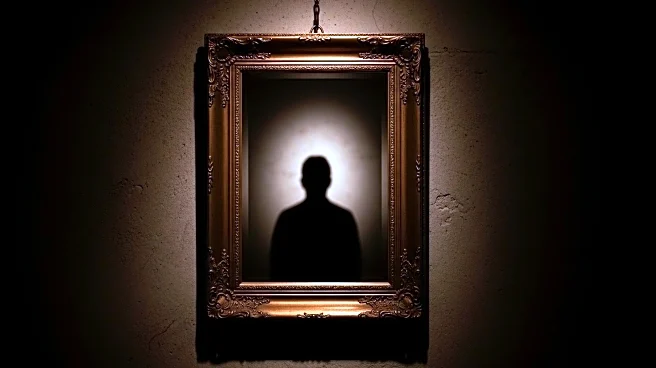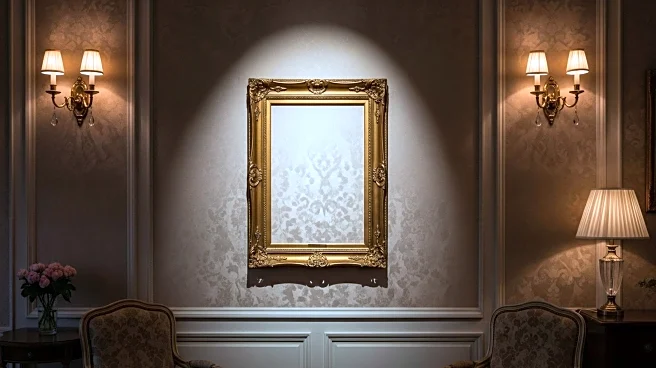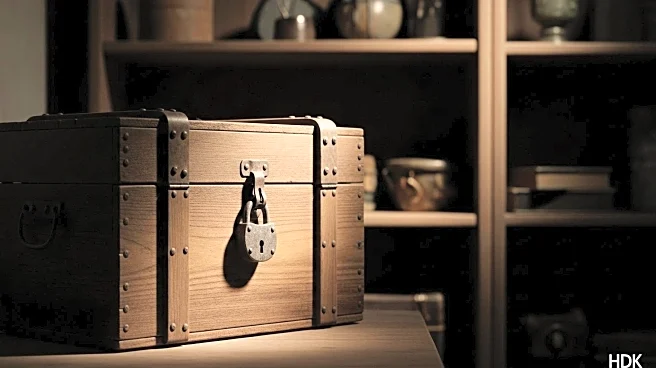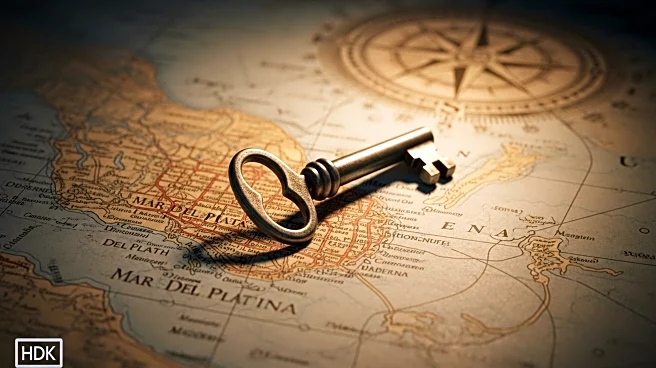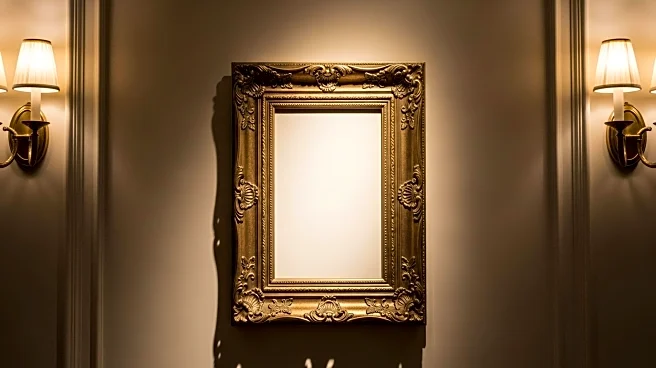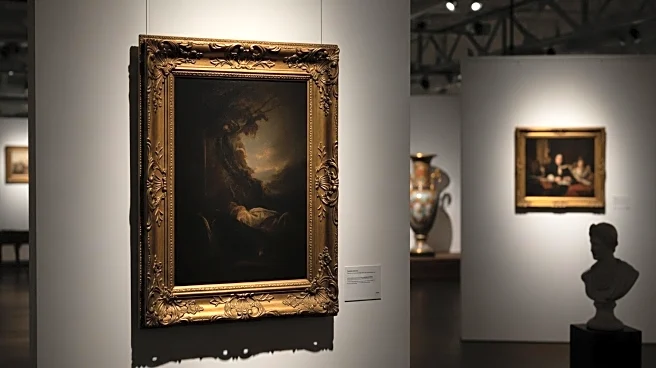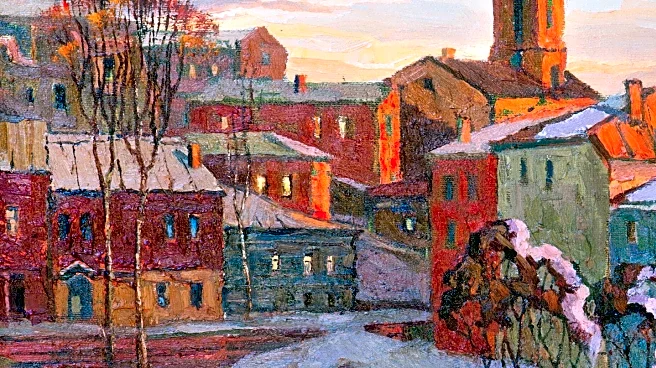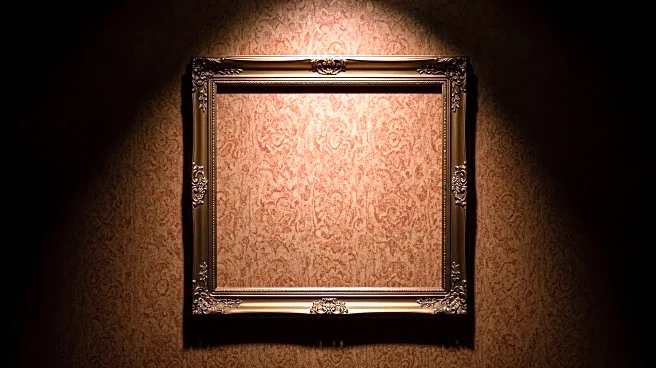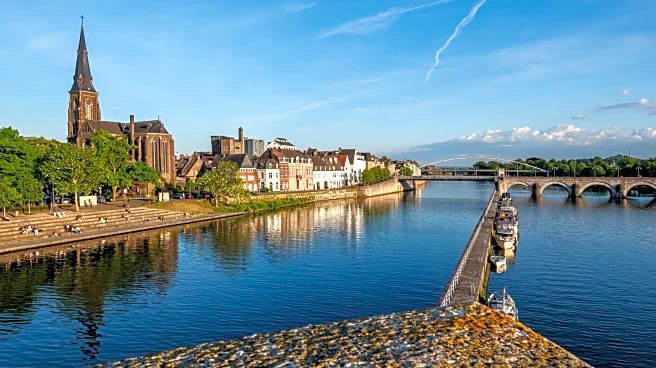What's Happening?
A painting looted by the Nazis, identified as 'Portrait of a Lady (Contessa Colleoni)' by Giuseppe Ghislandi, was discovered in a real estate listing in Mar del Plata, Argentina. The painting, which was stolen from Dutch Jewish art dealer Jacques Goudstikker during the Nazi invasion of the Netherlands in 1940, appeared in a home owned by Patricia Kadgien, the daughter of a German official. The discovery was made by the Dutch newspaper Algemeen Dagblad in collaboration with Paul Post, a Dutch retiree. The painting was part of a collection sold under duress to Nazi officials, including Hermann Göring. When authorities visited the home, the painting was missing, replaced by a tapestry, and the real estate listing was removed.
Why It's Important?
The discovery of the Nazi-looted painting highlights ongoing efforts to recover art stolen during World War II. The painting's appearance in Argentina underscores the global reach of Nazi art theft and the challenges in tracing and recovering such works. The case is significant for the descendants of Jacques Goudstikker, who have been actively seeking the return of looted artworks. It also raises questions about the presence of other looted artworks in private collections worldwide. The incident may prompt further investigations into art provenance and restitution claims, impacting art markets and cultural heritage policies.
What's Next?
The next steps involve potential legal actions to recover the painting and further investigations into the Kadgien family's art holdings. The Dutch National Agency for Cultural Heritage may pursue claims to retrieve the artwork. This case could lead to increased scrutiny of art provenance in private collections, particularly those with ties to Nazi-era acquisitions. The incident may also encourage other families and institutions to come forward with information about looted art, potentially leading to more restitution cases.
Beyond the Headlines
This case highlights the ethical and legal complexities surrounding art restitution. It raises questions about the responsibilities of current owners of looted art and the role of governments and international bodies in facilitating restitution. The discovery also reflects broader cultural and historical efforts to address the legacies of World War II and the Holocaust, emphasizing the importance of preserving cultural heritage and rectifying historical injustices.
